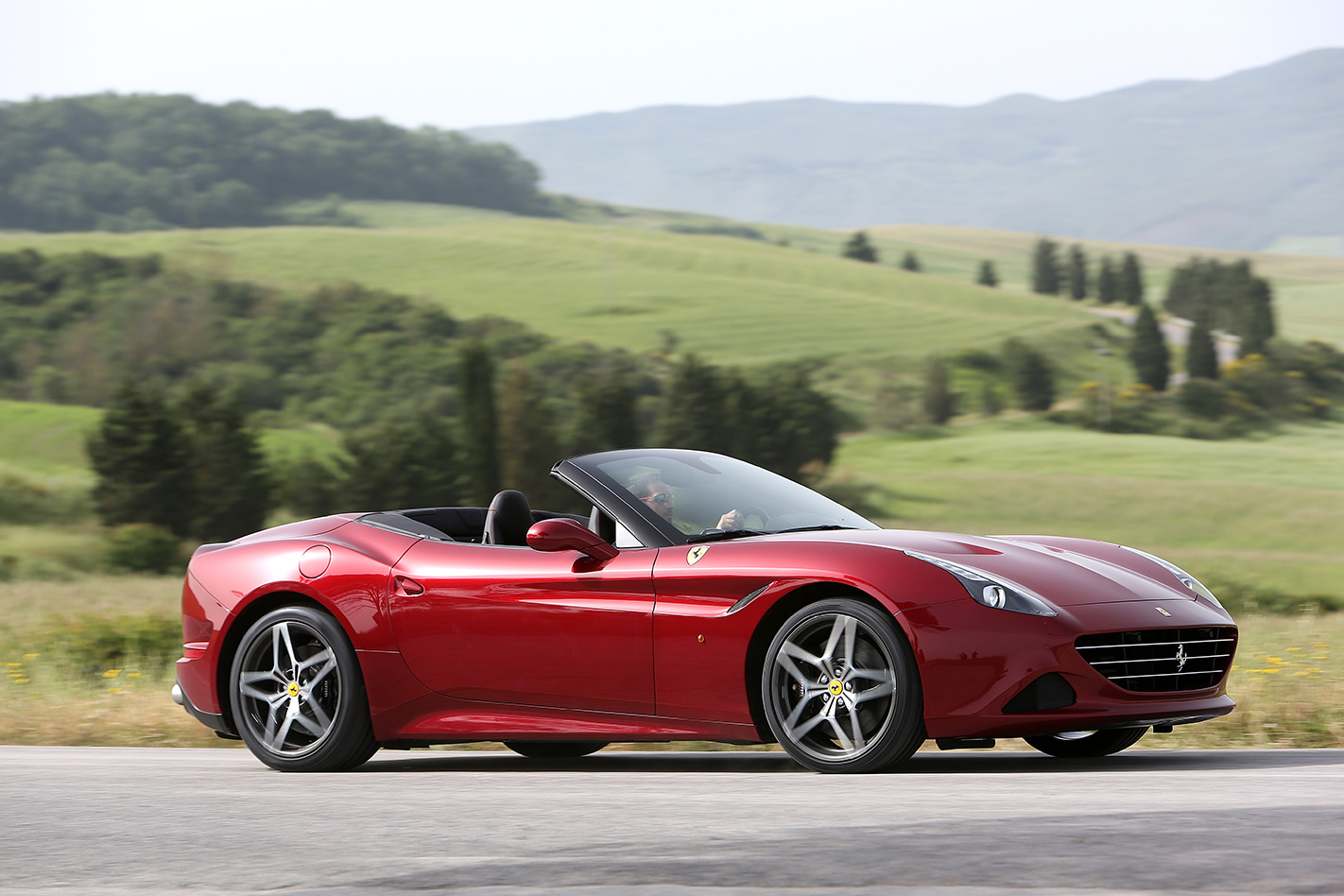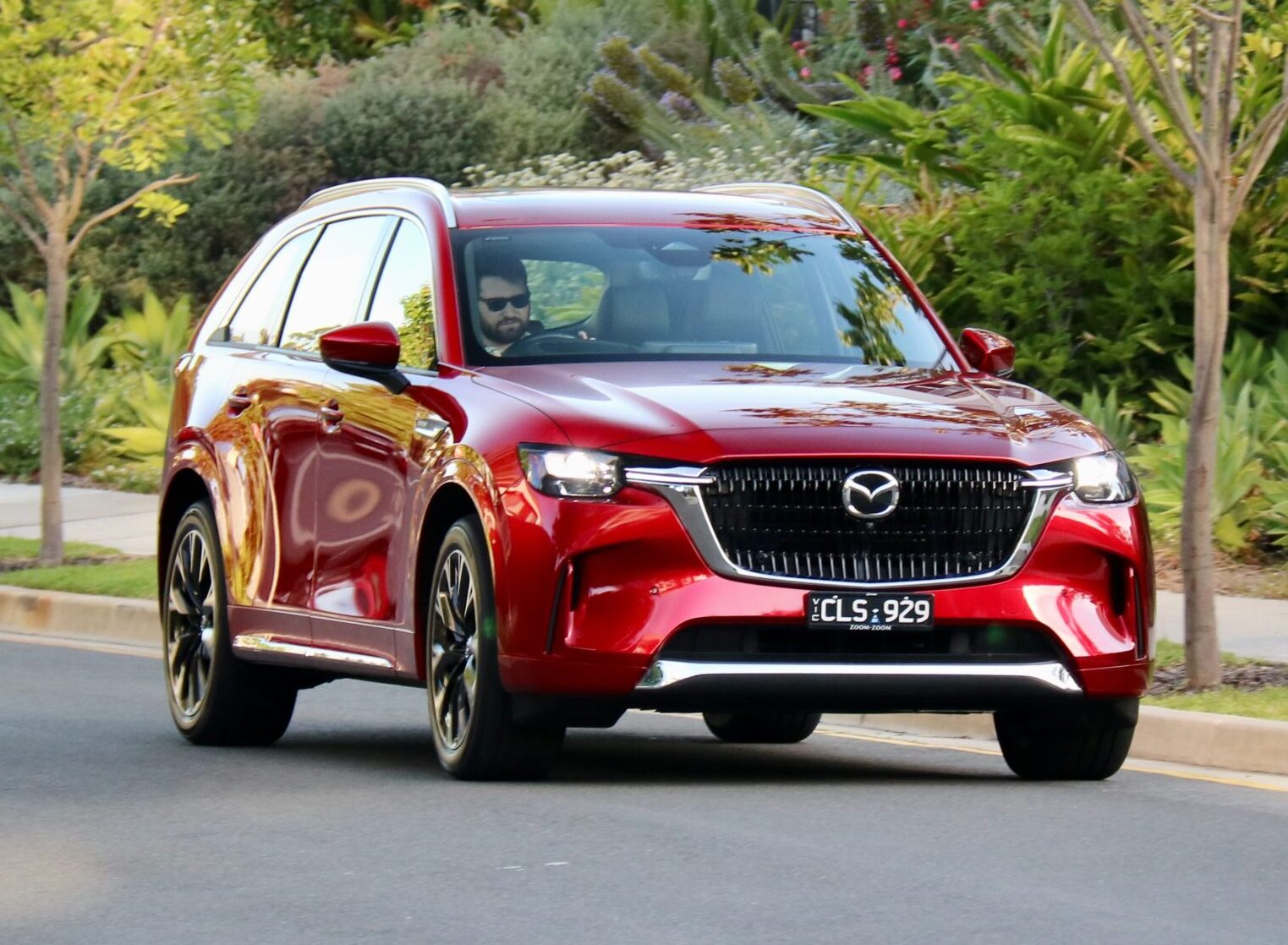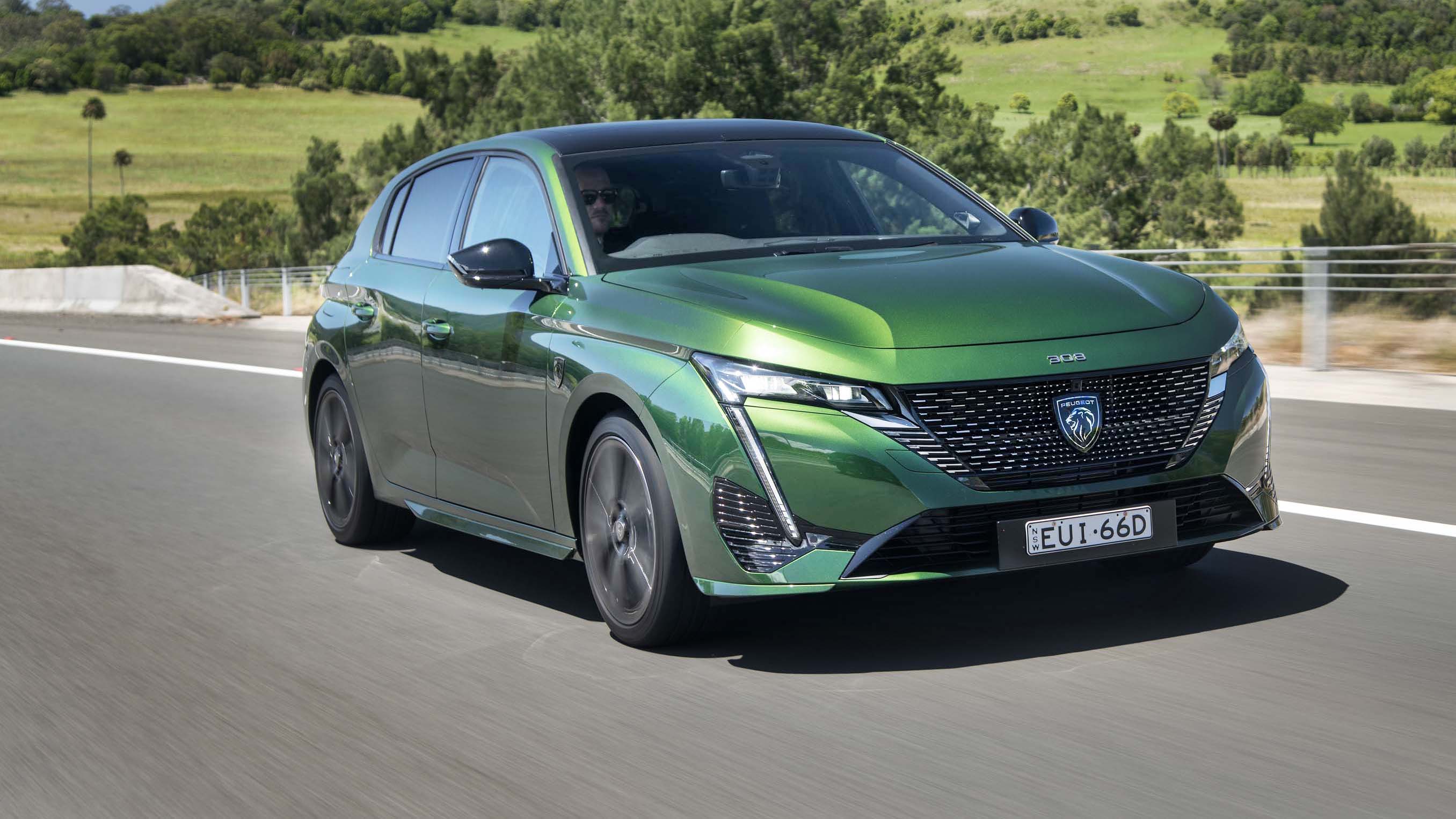HOW’S this for attention to detail: Ferrari delayed the California T’s launch nine months just to get the engine and exhaust sound right.
Actually, the soundtrack of a sports car is more than mere detail. It’s not as fundamental as chassis dynamics, drivetrain performance and Goldilocks ergonomics, but an invigorating aural accompaniment is a crucial part of the allure and enjoyment. And, sadly, in this nascent age of turbocharged domination, far from a given.
“The sound was not on target, so we had no choice,” California T program manager Stefano Lanciarini told Wheels at the car’s international launch. “For us it was important to meet the sound target as well.”
The California T rides on the 2008 original’s aluminium spaceframe chassis, so wheelbase is unchanged, but everything else has either been replaced or modified to give this new GT roadster a sharper, tougher mien than before.
Most obvious is the Cali’s new long bonnet silhouette, which more faithfully mimics Ferrari’s other front-engine model, the F12 Berlinetta. Unlike the F12, the California is a hard-top convertible. And, unlike any Ferrari for 22 years, it’s powered by a turbocharged engine. Hence the ‘T’ in California T.
“For us, introducing a new turbo engine for the first time in decades… the T on the name says we are proud of our accomplishment,” Lanciarini said.
And so Ferrari should be. This twin-turbocharged 3.9-litre V8 is the best sounding and has the sharpest throttle response of any turbo engine I’ve driven. It’s not the instantaneous and raucous thunder of Ferrari’s 4.5-litre V8 or even the F12’s monstrous 6.3-litre V12, but it’s more immediate and involving than any turbo mill AMG or BMW’s vaunted M division has turned out, though I’m yet to drive the new M3 and M4.
Compared to the outgoing 4.3-litre naturally aspirated V8, which in its final guise pumped out 360kW and 500Nm, this new-generation engine is smaller and lighter and produces 412kW and 700Nm. It’s also 15 percent more efficient. But it was anything but an easy development.
“Engine work began in 2010,” Lanciarini says with a wry smile. “Early prototypes were not good. Turbo lag, noise… a disaster. It had nothing, nothing, nothing, and then whoosh!”
Lanciarini says Ferrari was committed to harnessing turbocharging to reduce emissions, but with one very important distinction: “We did not want to do a turbo engine. We wanted to do a Ferrari engine, with a turbo. This is crucial to understand.”
The first decent prototype arrived in November 2012. “Then we spent a lot of money on getting the turbos just right for throttle response. Also the exhaust manifold. This is one of the most important components to contribute to the sound.”
Lanciarini then tries to convince me that if you are not told you are driving a turbo, you will not know it’s a turbo engine. That’s an admirable ideal, and one close to this natmo-lover’s heart, but no normally aspirated engine delivers such a head-pounding thump at just 2500rpm. And, if we’re being brutally honest, the soundtrack can’t match the spine-chilling banshee wail at high revs of Ferrari’s non-turbo wonders. Still, it’s an impressive accomplishment. There’s barely any turbo lag, and the engine’s natural sounds are evocative. And, they do not suffocate under the forced movement of air.
Another area where Ferrari’s careful engineering has delivered a tangible win is the deft management of the torque curve. It’s not table-top flat from 1500-5500rpm, as many other turbo engines are. Instead, the ECU varies the boost to increase torque as revs rise. In essence, the rate of acceleration increases as revs climb towards its 7500rpm cutout. It’s a characterful touch, and adds palpably to the enjoyment and theatre of the car.
Finessing the throttle through corners is a pleasure. Every incremental pressure increase is rewarded precisely. Then there’s the seven-speed dual-clutch transmission’s gearchange noise at high revs. It’s not the gravelly brap of an AMG ’box, or the coughing explosion of a Porsche. It sounds more like the whump of a mortar or grenade launcher.
It’s an immersive drivetrain well matched by the Cali’s newfound dynamic prowess. Like the old model, it has wishbones up front and a multilink rear with adjustable dampers, but stiffer all round. That said, the GT-esque ride quality is impressive on Comfort setting, and sharpens nicely when the manettino is switched to Sport. The turn-in, mid-corner composure and grip are a class above its forebear, not surprising given it has a faster steering rack, the engine sits lower in the chassis, and aero enhancements suck the car to the road much harder.
But it doesn’t quite go far enough. For me, anything wearing a Ferrari badge promises a significantly heightened level of dynamism, and the California T – though far more capable than other GTs like the Jaguar F-Type – stops just short of this. All it needs, given the inherent adjustability of the suspension and drivetrain, is a Race mode on the manettino to sharpen things up another notch.
Ferrari spokesman Matteo Torre says the California T’s capabilities are spot on for a Ferrari GT, and that my expectations are better satisfied by the 458. He may have a point. Not every Ferrari can be a 458, and nor should they be.
Model: Ferrari California T Engine: 3855cc V8 (90°), dohc, 32v Power: 412kW @ 7500rpm Torque: 755Nm @ 4750rpm Transmission: 7-speed dual-clutch Kerb weight: 1730kg 0-100km/h: 3.6sec Price: $409,888 On sale: September





